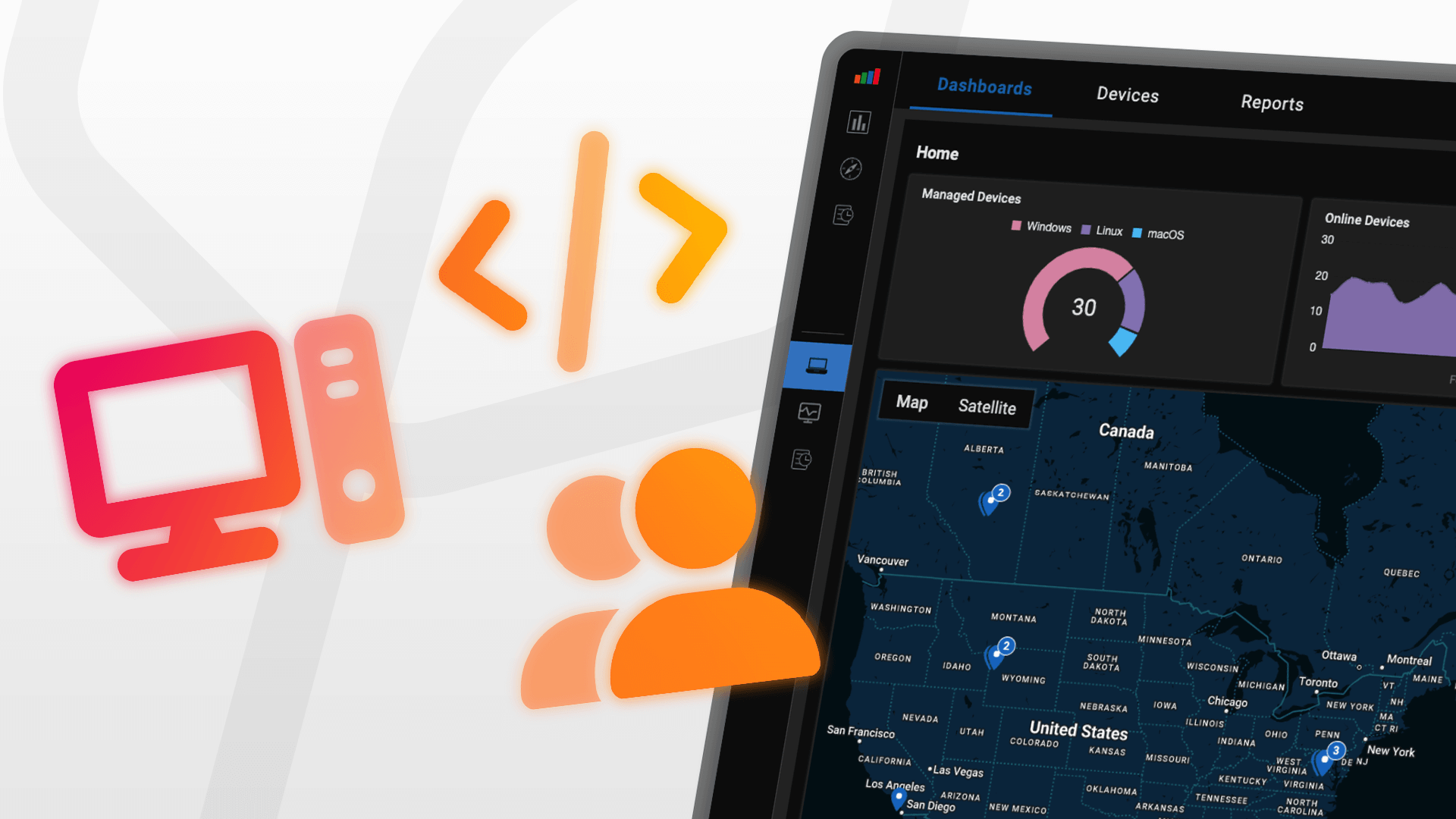
Not every help desk professional needs access to every help desk tool. For example, you may want to give entry-level helpdesk employees the ability to clear a computer’s cache, reset the printers attached to it, or gather more information about a device that is having issues. While more experienced employees need to have the ability to execute scripts that remove files, reconfigure applications, and perform other acts that may have serious side effects and unintended consequences.
Edge DX is a powerful tool that allows you to use predefined scripts to quickly solve problems or avoid them altogether, thereby providing a better experience for users. However, with this power does come the responsibility to use them judiciously. To help, by using Edge DX’s new group feature, you can delegate powers and responsibilities that allows groups of users to run a subsection of the scripts in your Edge DX library, thereby mitigating the accidental harm that they may cause to a user’s desktop device.
To use this feature, you must create a role encompassing a group, assign users to that role, and then assign scripts to the group. Then, the users with that role can only view and run the script in that group.
Let me walk you through this process.
First, a role needs to be created, and then users must be added. To create a role, select Access Control from the Configuration drop-down menu (See Figure 1).

Figure 1: Configuration Drop-Down
Click Create New Role. Give the role a new name (e.g., Frontline Support), then expand Device Actions > Run Custom Actions and select the predefined group (e.g., Group 1) that you want for the role (See Figure 2).
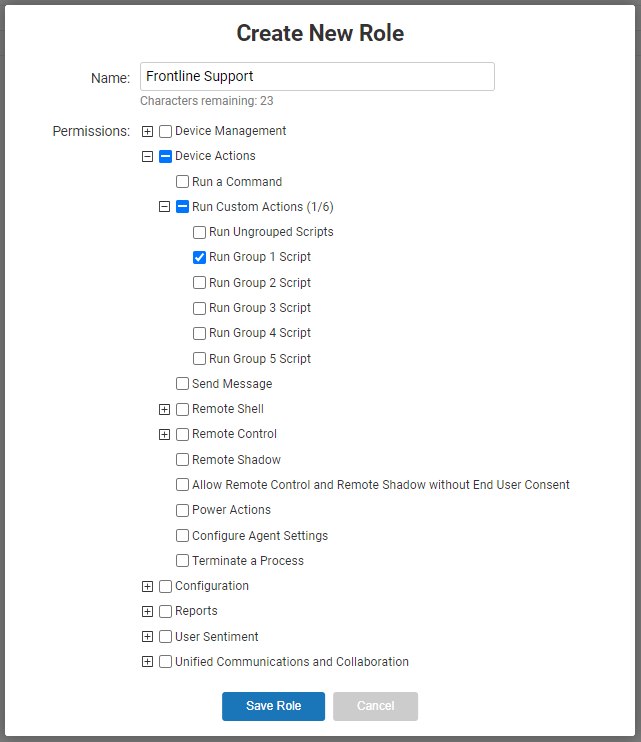
Figure 2: Create New Role
Click Save Role.
To add users to the role, select Access Control from the Configuration drop-down menu and select the Users tab. Select the user you want to add to the group, and then select the role (e.g., Frontline Support) from the Roles drop-down menu (See Figure 3).

Figure 3: Edit User
You will need to confirm the role change.
By default, your existing scripts will be placed in the ungrouped category but can be recategorized as needed by selecting Scripts from the Configuration drop-down menu (See Figure 4).
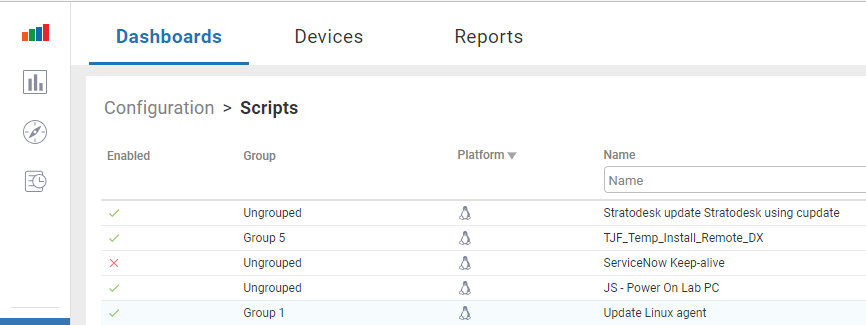
Figure 4: Script Dashboard
After selecting the script, you can assign it to a group (See Figure 5).
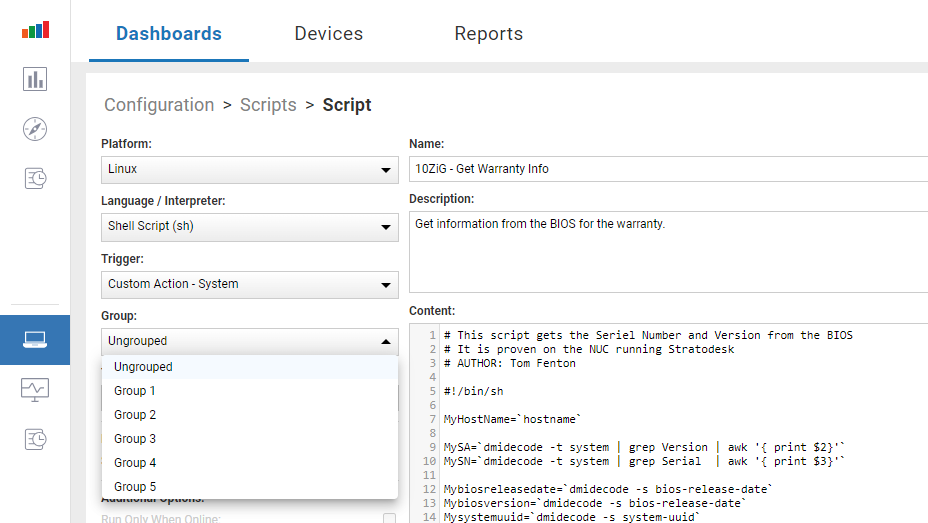
Figure 5: Group Assignment
When the user selects the Actions drop-down menu, they will only be presented with the scripts that can be run against that device (See Figure 6).
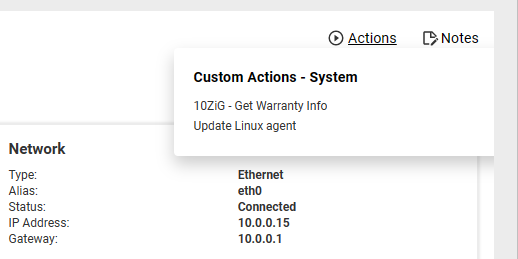
Figure 6: Actions Drop-Down
In the above case, a user in the Frontline Support group will only be able to run the two scripts in that group; one gets the warranty information about the device, and the other updates the Edge DX agent on the device. Both of these are low-risk activities but are invaluable for helping solve tickets faster as they will not require escalating the ticket – frontline support professionals will be able to run the script, close the call, and move on to the next call.
Users placed in a role that does not have a group assigned to it will have permissions to run all the scripts. The screenshot below is from a user whose role has not been assigned to a group; hence, they can run any of the scripts in the library (See Figure 7).

Figure 7: System Group
The addition of role-grouping in Edge DX allows helpdesk professionals the access to scripts suitable for their knowledge and skill set level, which leads to quicker resolution of help desk tickets.
For more information, be sure to visit our Edge DX page or schedule a demo with a ControlUp sales engineer.